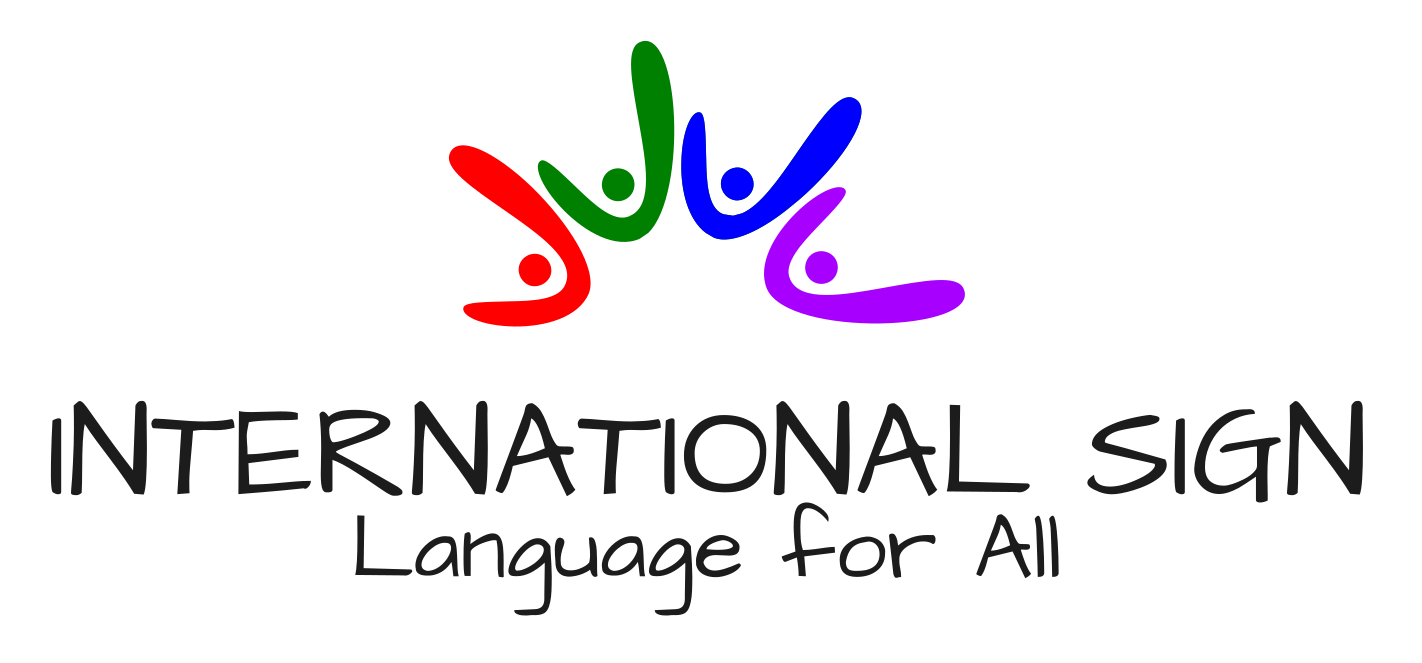In recent years, the Deaf community in Turkey has gained more recognition, particularly in the areas of International Sign (IS) and sign language accessibility. As more Deaf individuals connect with global networks, the role of Turkish Sign Language (Türk İşaret Dili – TİD) in the international Deaf community has become increasingly significant.
Turkish Sign Language and Its Role in the Deaf Community
Turkish Sign Language (TİD) is the native sign language of the Deaf community in Turkey. While it has its unique grammar and structure, many Deaf individuals in Turkey also learn International Sign (IS) to communicate with the global Deaf community. IS is not a formal language but rather a visual communication system that allows Deaf people from different linguistic backgrounds to understand one another.
The Importance of International Sign (IS) for Turkish Deaf Individuals
With the growing influence of global Deaf events such as the World Federation of the Deaf (WFD) Congress and Deaflympics, the use of IS has become more relevant. Turkish Deaf individuals who participate in these events rely on IS to bridge communication gaps with Deaf people from other countries. This has also led to increased interest in IS education within Turkey.
Challenges and Advancements in Deaf Accessibility in Turkey
Despite progress, challenges remain in Turkey regarding accessibility for the Deaf community. Limited availability of sign language interpreters, lack of legal recognition for TİD, and insufficient educational resources are some of the barriers faced by Deaf individuals. However, advocacy efforts from Deaf organizations and increased awareness of sign language rights are leading to positive changes.
One notable advancement is the rise of online platforms that provide sign language content. Turkish Deaf content creators and educators are now using social media and video-sharing platforms to teach TİD and IS, making sign language more accessible to both Deaf and hearing individuals.
The Future of Sign Language and Deaf Rights in Turkey
As awareness grows, the demand for better sign language interpretation services and Deaf-friendly policies continues to increase. Initiatives promoting bilingual education in TİD and Turkish, as well as collaborations with international Deaf organizations, are crucial for empowering the Deaf community in Turkey.
By integrating IS education and advocating for improved accessibility, Turkey can enhance communication opportunities for its Deaf citizens and strengthen its connection with the global Deaf community.
Conclusion
The Deaf community in Turkey is making strides in promoting both Turkish Sign Language and International Sign. While challenges exist, ongoing advocacy and education are paving the way for a more inclusive future. With continued efforts, Deaf individuals in Turkey will have greater access to communication, education, and international opportunities.
